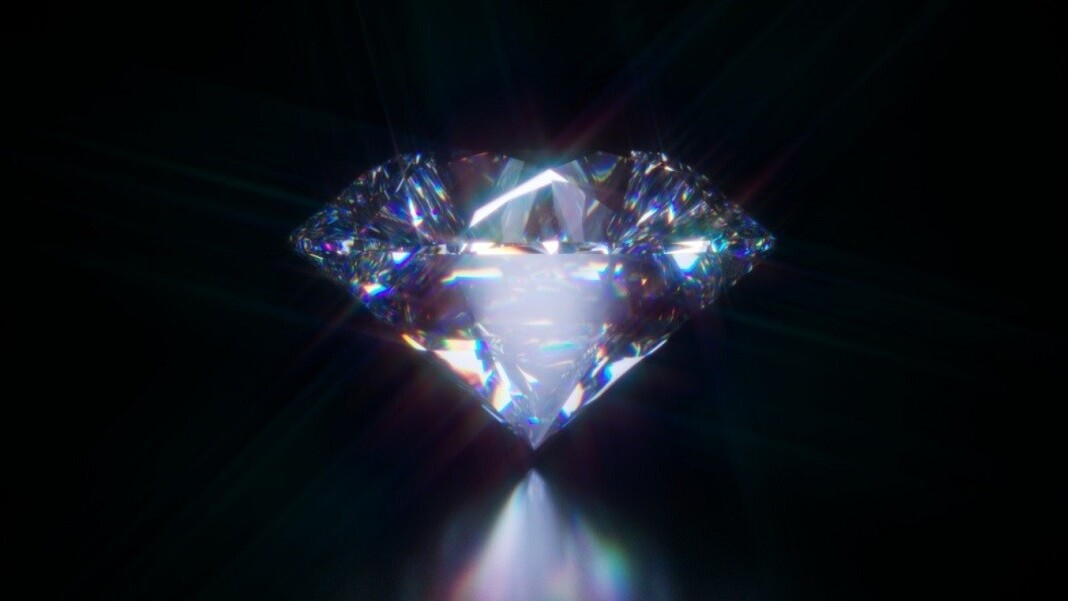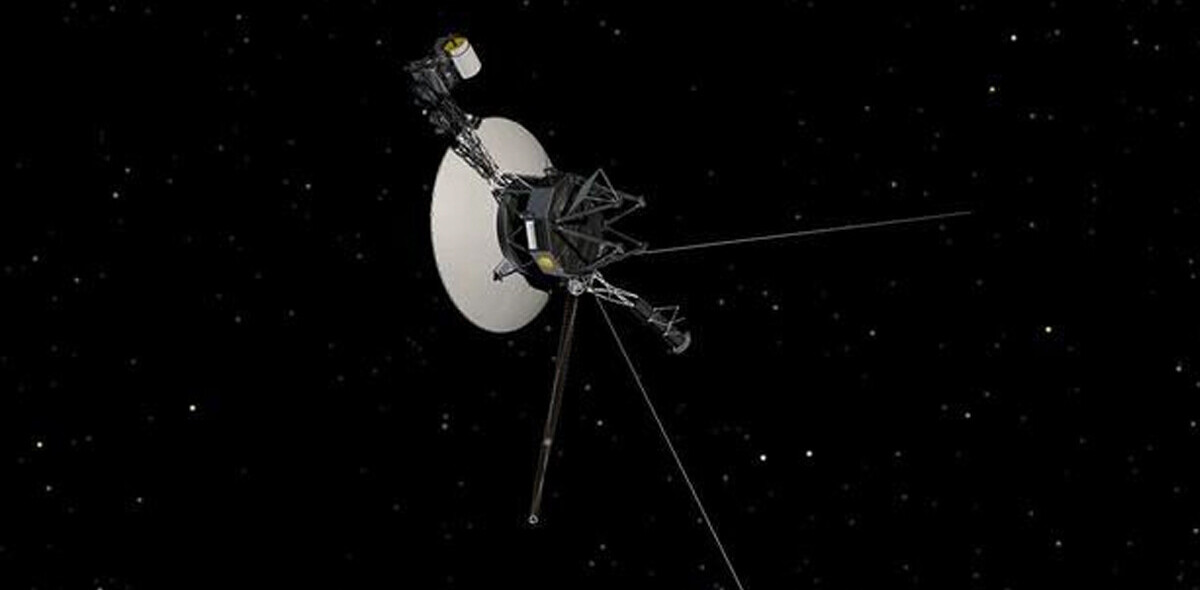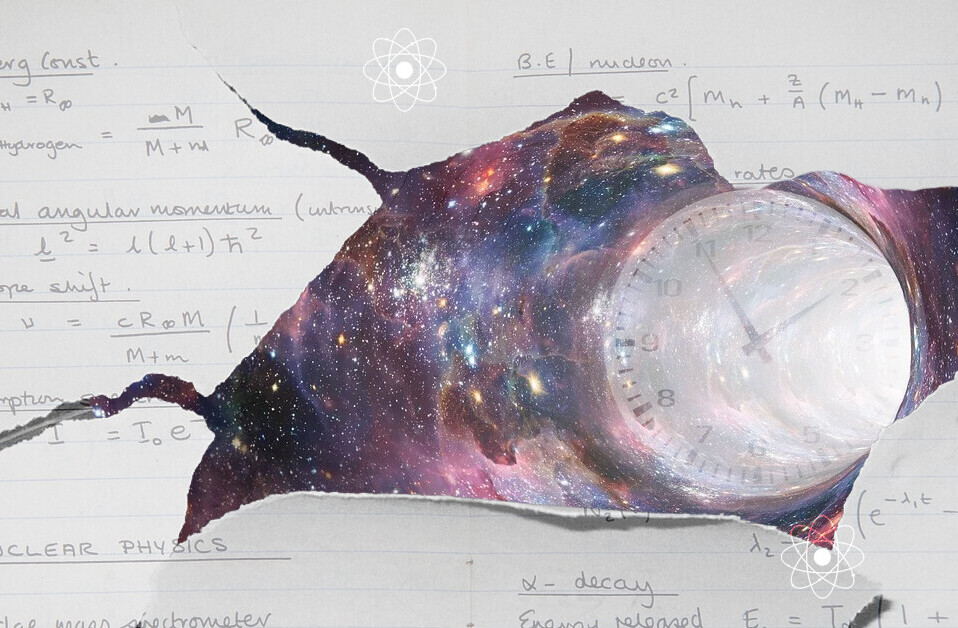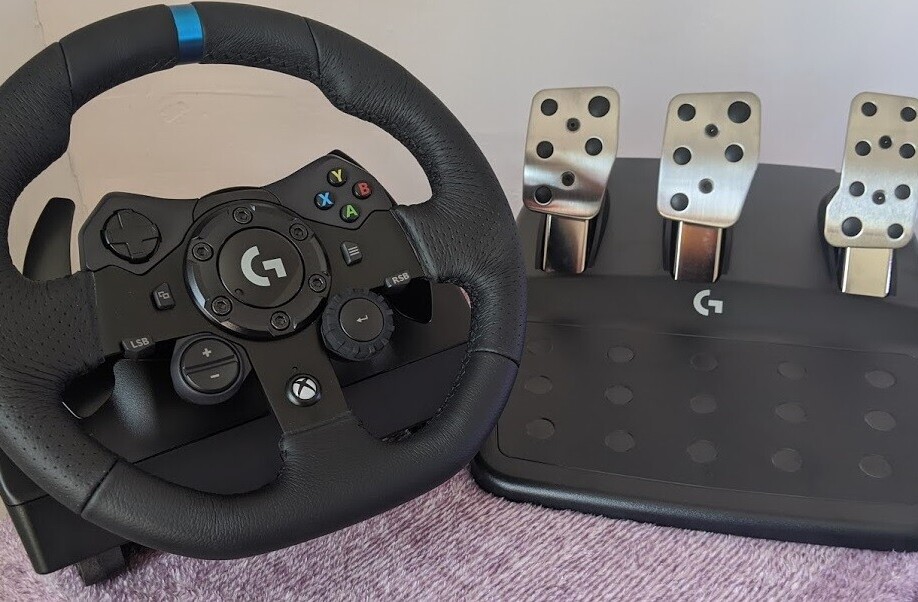
A team of researchers from MIT and the Swiss Federal Institute of Technology have successfully coaxed a single quantum vibration from a diamond at room temperature. This breakthrough represents yet another giant chip in the veneer separating the classical universe we see from the quantum one beneath.
Another way of putting it: The hippies were right about quantum vibrations and the power of crystals.
Under normal circumstances, in order to observe quantum phenomena, scientists have to work with ultra-cold materials specially designed to produce experimental effects for the purpose of observation. But the new experiment involved firing lasers at a diamond in order to produce ‘proof’ of the creation of a unit of quantum energy called a phonon.
A phonon is a sound unit analogous to a photon – a single particle of light. Phonons are created when an object produces mechanical vibrations. These vibrations are perceived as waves, like when you see an EQ visualization of a song. But, according to quantum theory, each wave should also produce an energy particle. Just like light acts as both a wave and a particle, so should sound.
In order to observe these quantum vibrations, without having to create incredibly complex systems that would almost never occur naturally, the researchers developed a special laser protocol. They fired hundreds of billions of precise shots into a carbon-lattice crystal (aka: a diamond) to produce single-phonon interactions with photons.
First, they ensured that the diamond’s phonons remained in a resting, motionless state at room temperature. Then they fired the laser at rate of 80 million pulses per second over several hours to attempt to excite single phonons at a time. When photons and phonons interact they undergo a wave shift that eventually decays. To measure the quantum vibrations, the scientists timed the first pulse with a second pulse that causes excited phonons to lose their perk, thus confirming the initial excited state and giving the team a method by which to observe its end.
This research could prove pivotal in the quest to replicate quantum phenomena in the classical world. The researchers believe it could lead to a relatively simple method for testing the quantum conductivity of potential engineering materials.
According to the team’s research paper the work could open “a new general approach to the experimental study of quantum effects related to vibrational degrees of freedom in molecules and solid-state systems.”
Get the TNW newsletter
Get the most important tech news in your inbox each week.




